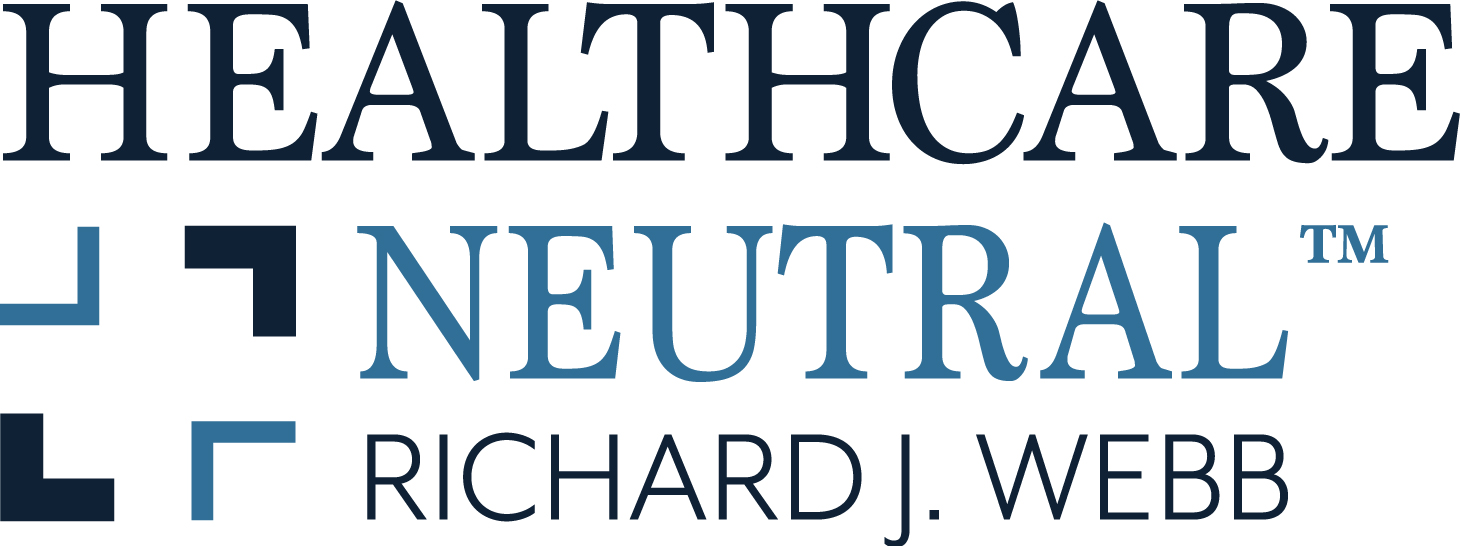
MED-ARB: The Best Of Both Worlds?
April 10, 2008
[Image: Top view of the two-headed Boa Island Janus figure, County Fermanagh, Northern Ireland, by Kenneth Allen, May 22, 2006]
Last night I attended a joint meeting of the New Jersey State Bar Association\’s Dispute Resolution Section and the New Jersey Association of Professional Mediators, at which a presentation and discussion took place concerning the dispute resolution process in which the neutral serves as both a mediator and an arbitrator in the same case – commonly referred to as “med-arb” or “arb-med,” depending on the primary process for which the neutral is engaged. The speakers, Patrick Westerkamp and Sally Steinberg-Brent, entitled their presentation “Mediation and Arbitration, Like Oil and Water?” They approached the topic in the context of labor arbitrations, including an interesting historical review, and offered examples of how an experienced and trusted labor arbitrator could utilize mediation techniques to settle certain cases with the parties\’ consent.
Against this backdrop, the diverse audience of ADR providers in attendance jumped in with spirited discussion of how and why med-arb could (or could never) work in their practices. Among the strongest objections to the concept were voiced by the family law mediators in attendance, who saw the judgmental role of arbitrator as antithetical to their mediation practices. Others focused on some practical problems with med-arb: How does the arbitrator maintain objectivity and neutrality after hearing confidential information from the parties in mediation? What happens if mediation settles some but not all of the issues, and the remaining issues cannot be fairly arbitrated without reopening the settlement? Are med-arb and arb-med permitted by applicable statutes, codes of ethics and rules of practice? Time ran out before these issues could be fully explored, but a consensus seemed to emerge that med-arb can be a very helpful tool if used carefully and in appropriate circumstances.
In my view, for purposes of resolving common business disputes arising in the healthcare industry, the greatest utility exists in a process that might more accurately be described by the oxymoronic term “binding mediation.” Specifically, after making considerable progress but reaching an impasse, a mediator can, at the request of the parties, offer a “mediator\’s proposal.” The object of such a proposal is to state the mediator\’s sense of a fair allocation of the remaining ground between the parties, and not an opinion of how the entire conflict would be resolved in court. The parties are then presented with this proposal in separate sessions and asked to accept or reject it. Only if both parties accept it does the mediator reveal their decisions and settle the case. Otherwise, the mediation is concluded without settlement.
“Binding mediation” takes this process one step further. At the point where the parties request a “mediator\’s proposal,” they also may agree that they will accept the mediator\’s proposal as a binding decision. Again, the mediator does not then offer an arbitral award in the traditional sense, but a solution that equitably resolves the remaining issues in the case, taking into account the prior course of negotiation and scope of available solutions at the time of impasse. This is, I think, the kind of “med-arb” that parties at impasse may want from a mediator in whom they have confidence when they cannot bear to leave the mediation without settlement.
Among other things I learned from many of the courses and discussions I participated in at last week\’s annual meeting of the ABA Dispute Resolution Section in Seattle, the future of ADR lies in tailoring the process to suit the needs of the parties. Call it “med-arb,” “binding mediation” or something else, it is here to stay.
